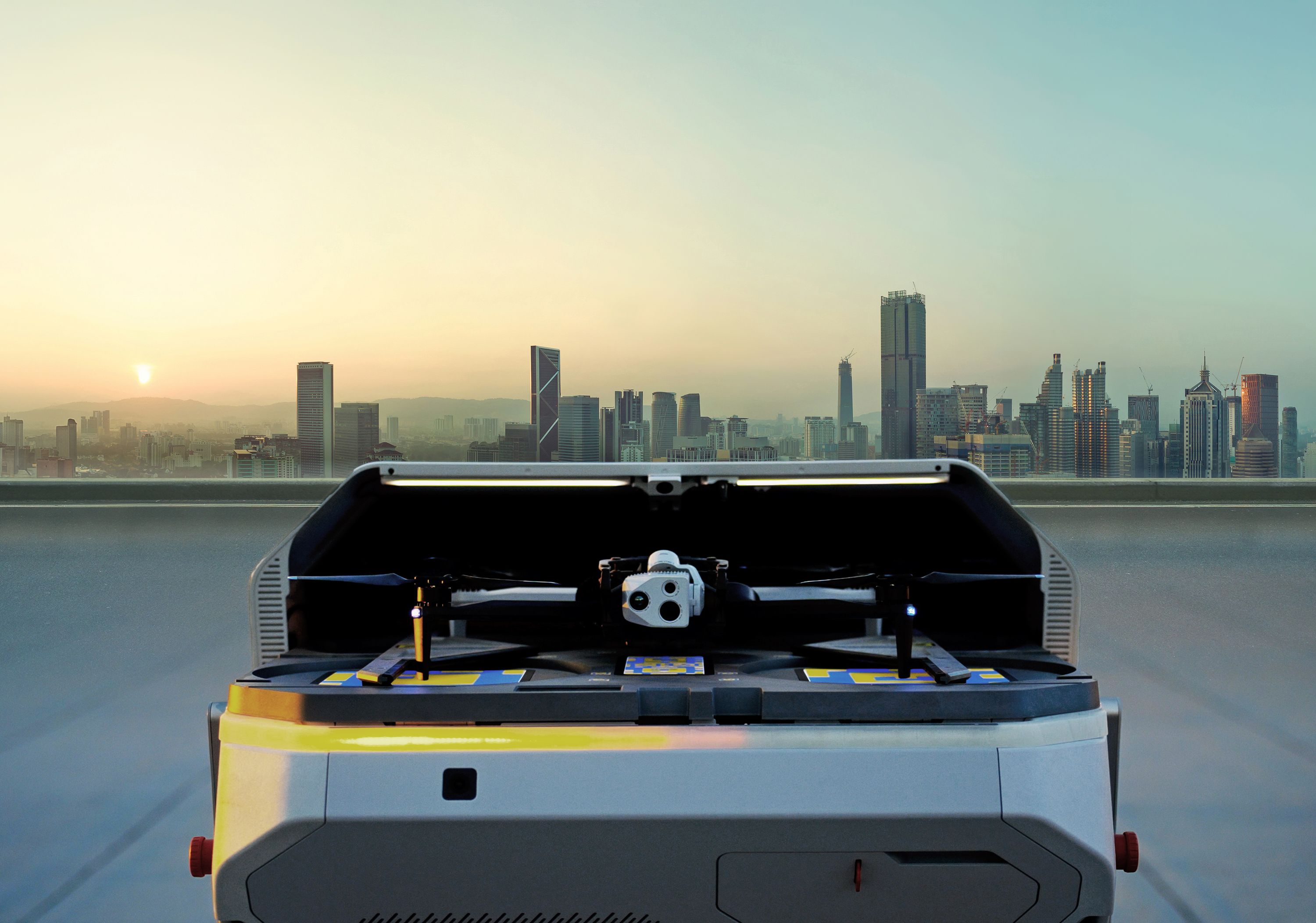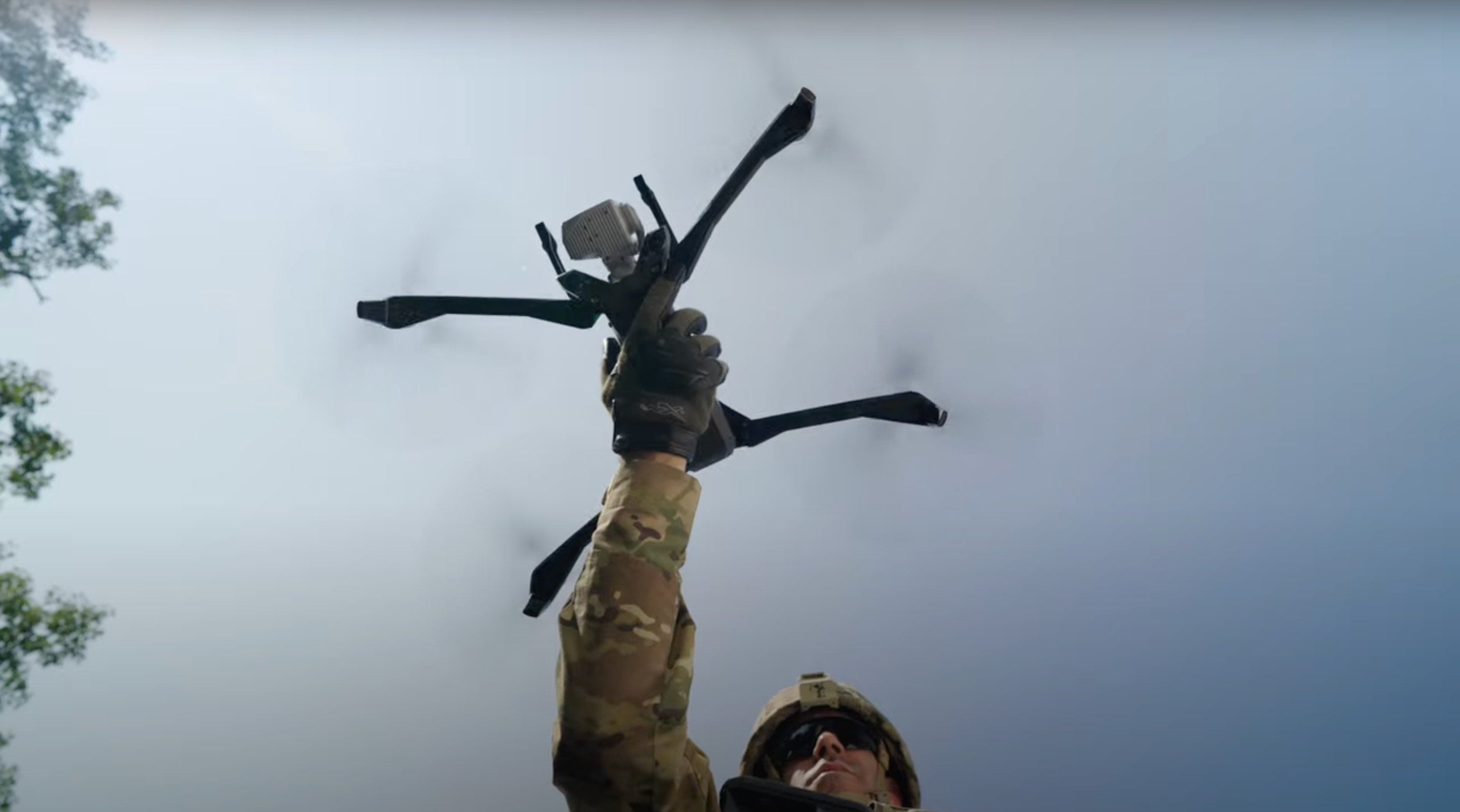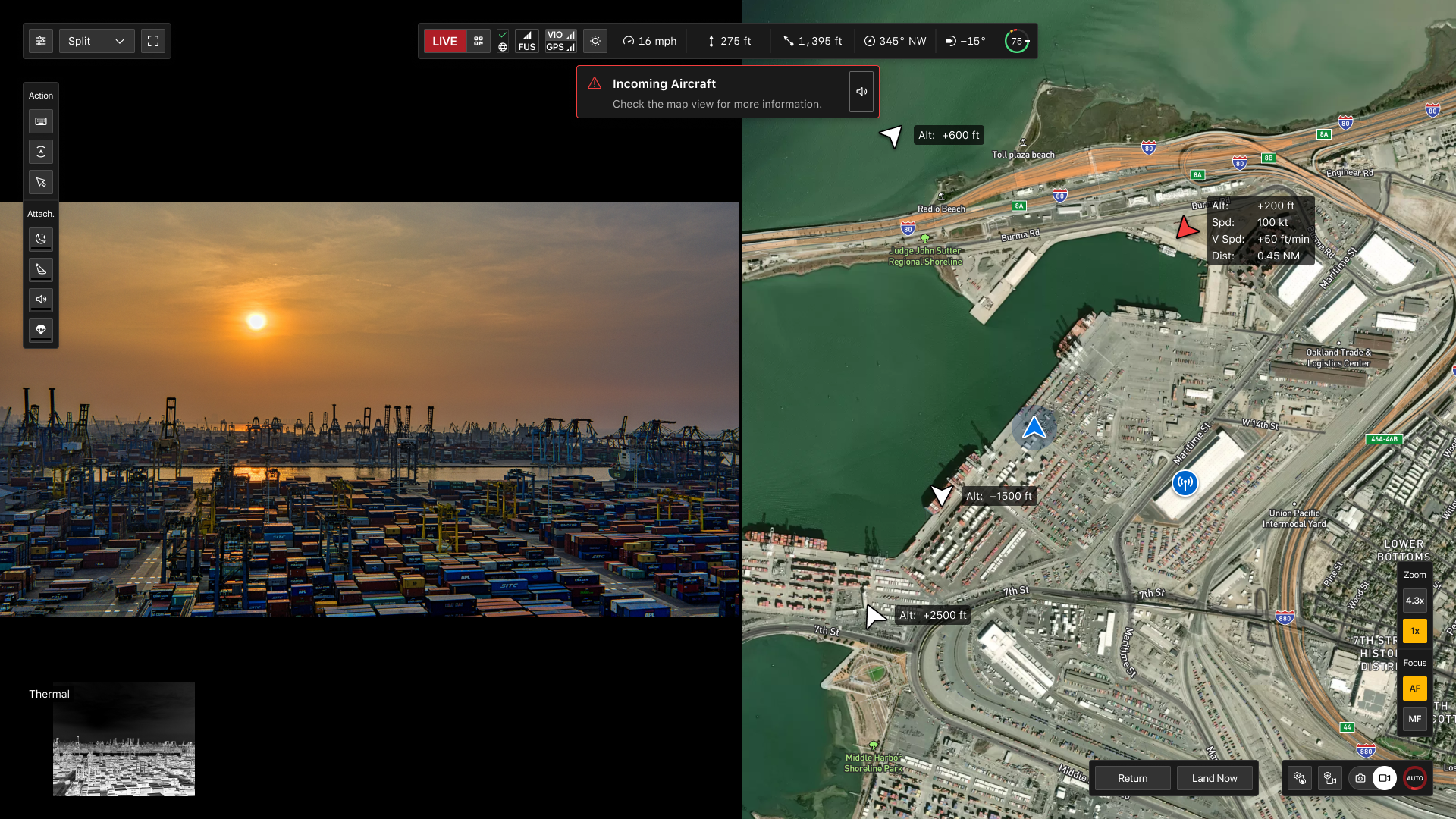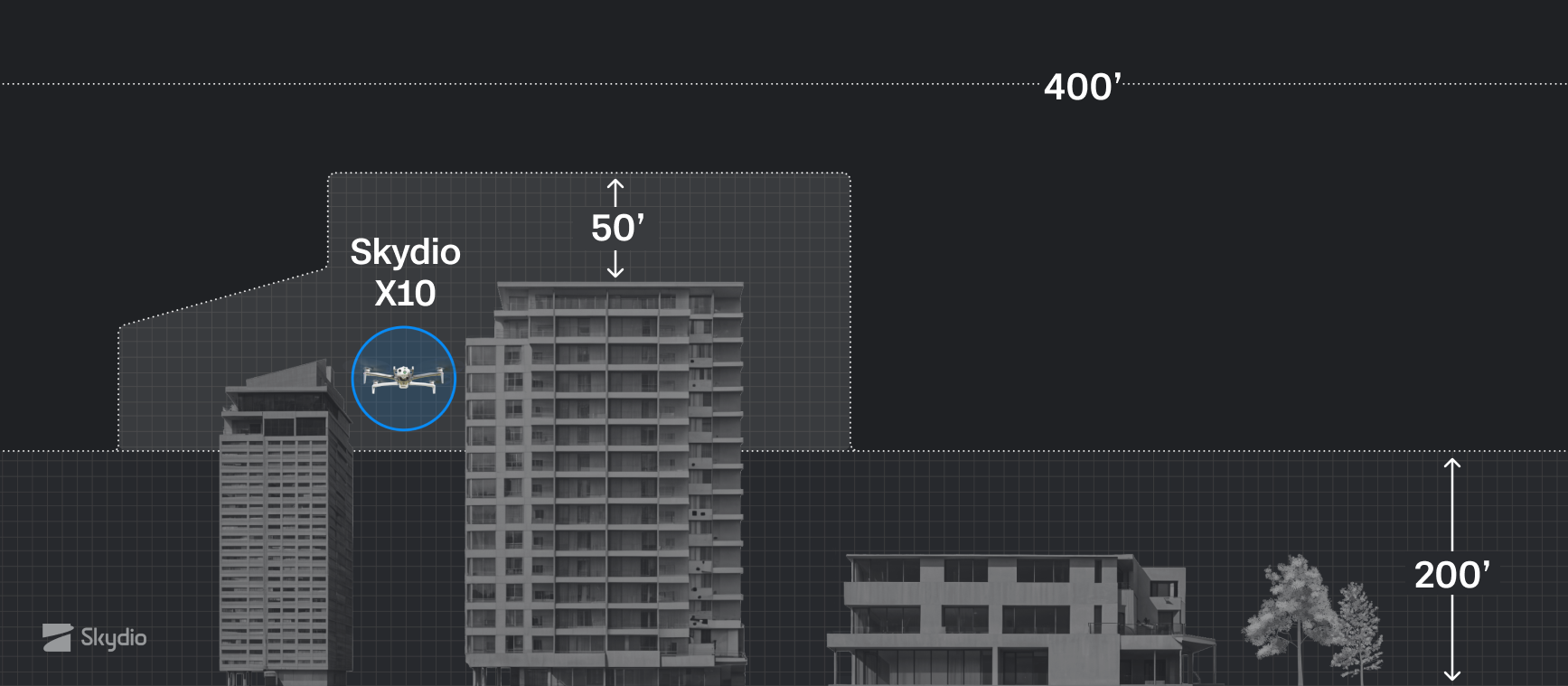Breaking Regulatory Barriers: Scaling Remote Operations

We have (really) big news: the FAA granted waivers for Dominion Energy and New York Power Authority, enabling fully remote beyond visual line of sight (BVLOS) operations using Skydio Dock and Remote Ops with no flight crew on site. One of those waivers covers dozens of locations across multiple states. The next frontier of flight has arrived.
Following years of advocacy by Skydio and others in the industry, the FAA has enabled “true BVLOS” operations with no flight crew on site under a waiver, rather than requiring a time-consuming and expensive regulatory exemption process. We commend the FAA for this decision.
The FAA granted Dominion Energy approval to fly Skydio dock-based drones to remotely inspect power generation facilities in six states. Dominion obtained the waiver in partnership with Skydio’s regulatory team under the FAA BEYOND Program, as part of the Virginia team led by the Virginia Tech Mid-Atlantic Aviation Partnership (MAAP), along with the Virginia Innovation Partnership Corporation.
“ It’s exciting to see our use of this new technology come to life. Routine maintenance is key to keeping our customers’ lights on and preventing outages. These remote operations will help by making inspections safer, smarter, and more efficient. They’ll lower emissions. That’s a win on all fronts, and it’s all because of innovation and strong partnerships.
New York Power Authority was granted approval to fly Skydio dock-based drones to remotely inspect its Blenheim-Galboa, NY Hydroelectric Plant with plans to expand to other facilities.
“ “Drones will become an even more valuable tool as we expand our capability to detect infrastructure issues and support our mapping and land management responsibilities. Being able to capture images remotely, regardless of weather conditions or distances, will allow us to track and evaluate our assets more efficiently and safely,”
The new approval framework is especially well suited for Skydio’s trustworthy, autonomy-enabled drones. The approvals permit “shielded” operations within 50 feet of the ground or structures. At those altitudes, operators need a drone they can trust to fly in complex environments featuring physical obstacles and even electromagnetic interference caused by electricity infrastructure or metallic structures like bridges. Skydio drones thrive in these complex settings. Our industry leading computer vision technology allows Skydio drones to understand and navigate obstacle-rich environments while demonstrating a high level of resistance to interference. In our view, no other drone on the market comes close to those capabilities.
Armed with one of these new waivers, Skydio’s Dock and Remote Ops experience will drive new levels of efficiency, worker safety, and cost savings. We can’t wait to help you realize these benefits in your own operations.
Understanding the approvals
The new approvals builds on years of regulatory breakthroughs by Skydio and our partners:
- In 2020, we obtained the first “true BVLOS” waiver for our partners at North Carolina Department of Transportation. That waiver allows bridge engineers to fly BVLOS without the need for visual observers or detect-and-avoid (DAA) technology.
- In 2020, we played a key role in facilitating the first Tactical BVLOS waiver for the Chula Vista Police Department, which allows public safety personnel to fly a drone BVLOS at low altitudes in emergency scenarios without visual observers or DAA.
- In 2021, we worked with BNSF Railway to secure the nation’s first national remote operations approval for dock-based drones.
In 2022, we partnered with Dominion Energy to obtain a first-of-a-kind waiver enabling operator-launched BVLOS operations at dozens of energy facilities across six states without the need for a separate visual observer or DAA.
Three features distinguish the new approvals we began to obtain last week:
- Streamlined approvals: Now, a waiver can enable remote operations without a human on site (without the need for a costly, time consuming exemption process).
- Shielding: Shielded operations reduce the risk to crewed aircraft by flying drones in close proximity to structures and the ground--in this case, 50 feet above the ground or lower. Skydio has pioneered the regulatory case for shielded operations, which is reflected in the new class of waivers.
- Simple, cost-effective DAA: The new approvals require the use of ADS-B In, a simple and cost effective form of DAA technology compared with radars, which can be very expensive and cumbersome.
In addition to those core features, the waivers generally have the following characteristics:
- Operations are allowed at lower risk sites (typically closed industrial sites)
- Shielded operations up to 50 feet above ground level or within 50 feet of a structure
- ADS-B In (a simple way of detecting cooperative, low-altitude crewed aircraft) replaces the need for an on-site Visual Observer
- The Remote Pilot can electronically preflight the drone in the Skydio Dock using a combination of technologies that replace the need to travel to the site and physically preflight the drone.
Let’s work together to enable true remote, autonomous operations
Skydio’s world-class regulatory team has the experience you need to navigate these changes and put these approvals to work in your operations. We can help you conduct safe and effective remote operations at scale.
We have consistently secured the most advanced waivers in the industry. Our focus is to help you complete your mission faster and more efficiently than ever. Under this new framework, we can obtain waivers to conduct remote operations with no people on site--without the need for expensive, complex technology like radars, that could otherwise double or triple the cost of your program. We’ve done this for other customers and we can do it for you.
We look forward to continuing to work with our customers to break BVLOS barriers and usher in the next frontier of flight.







